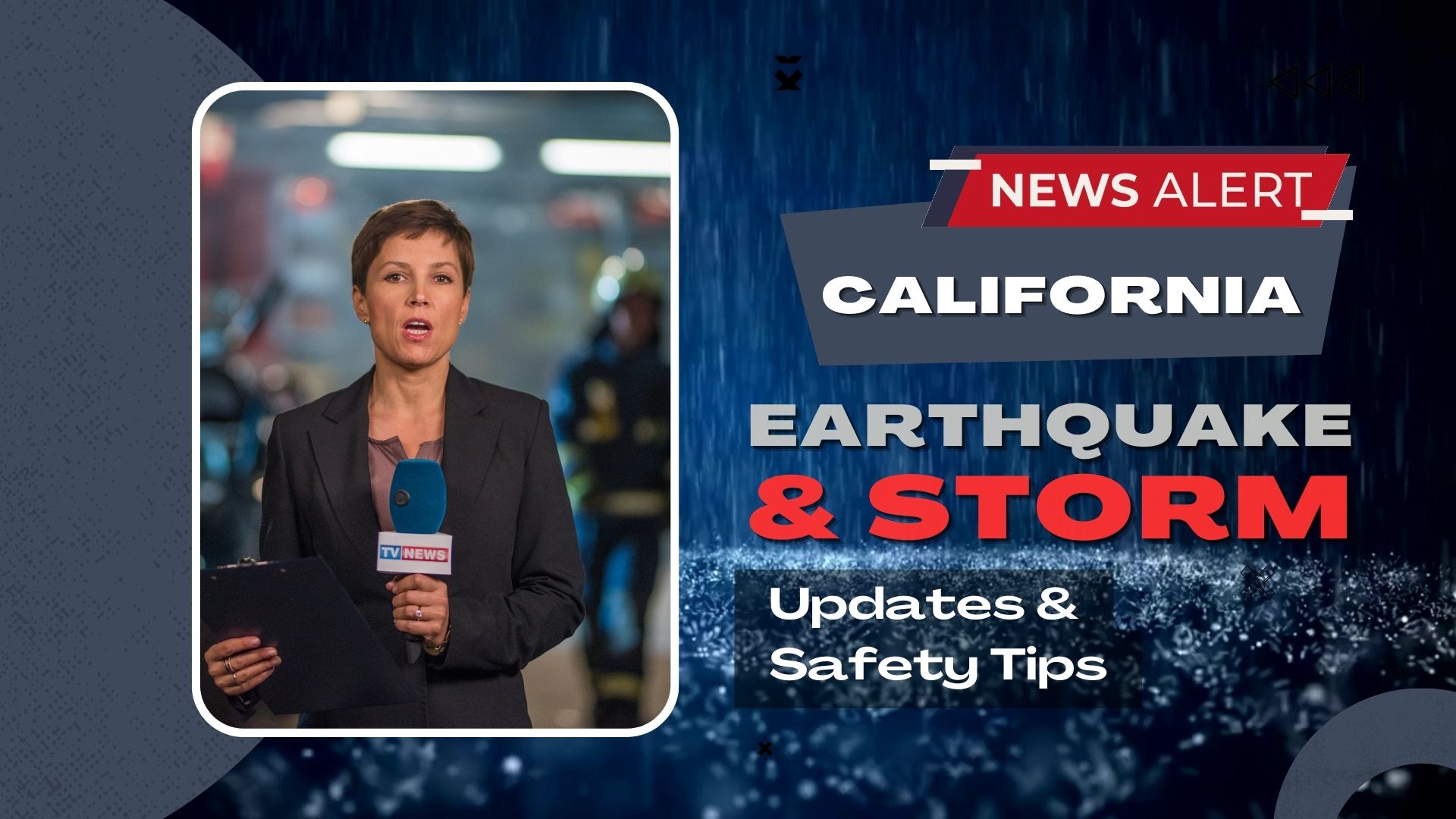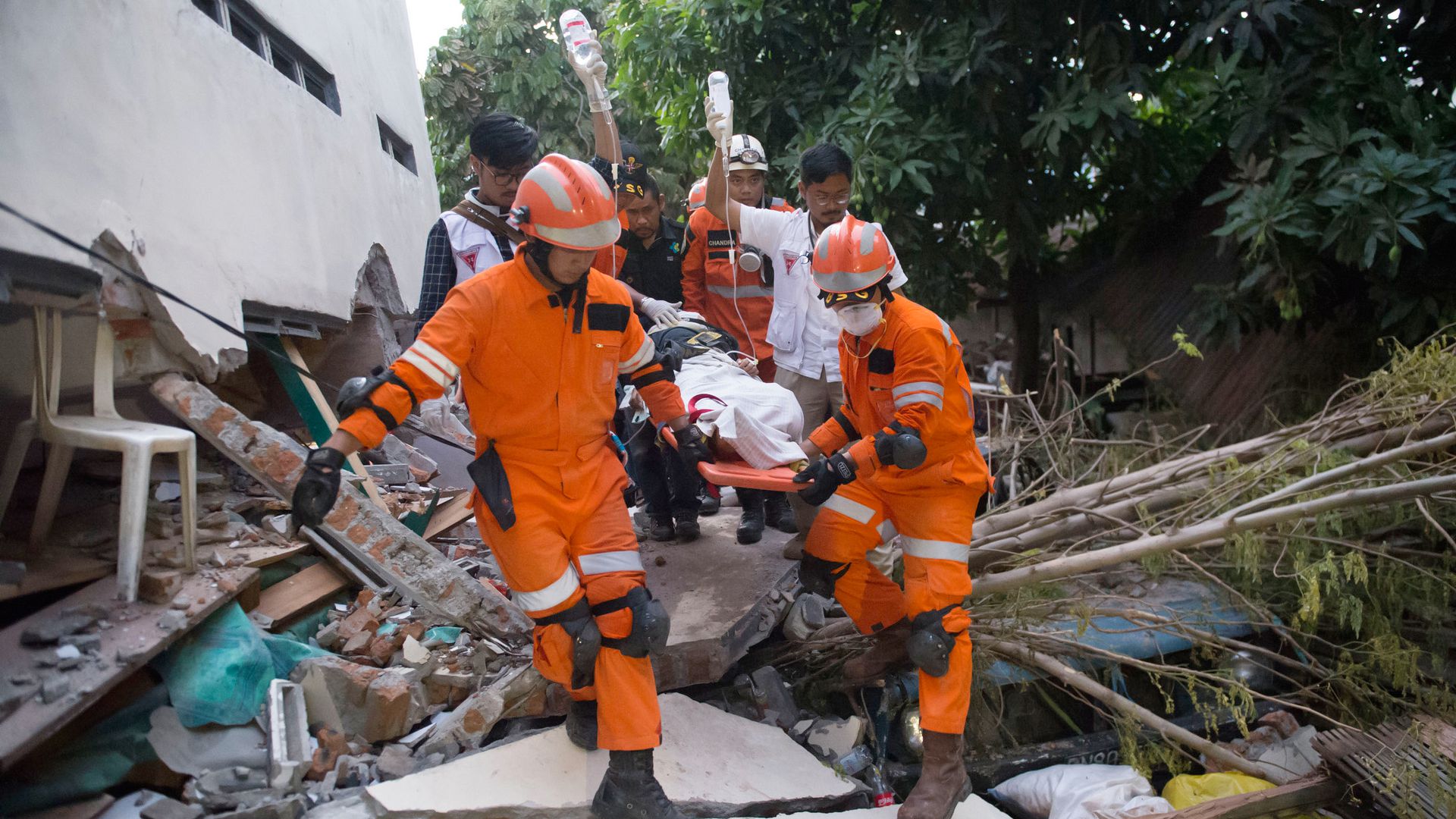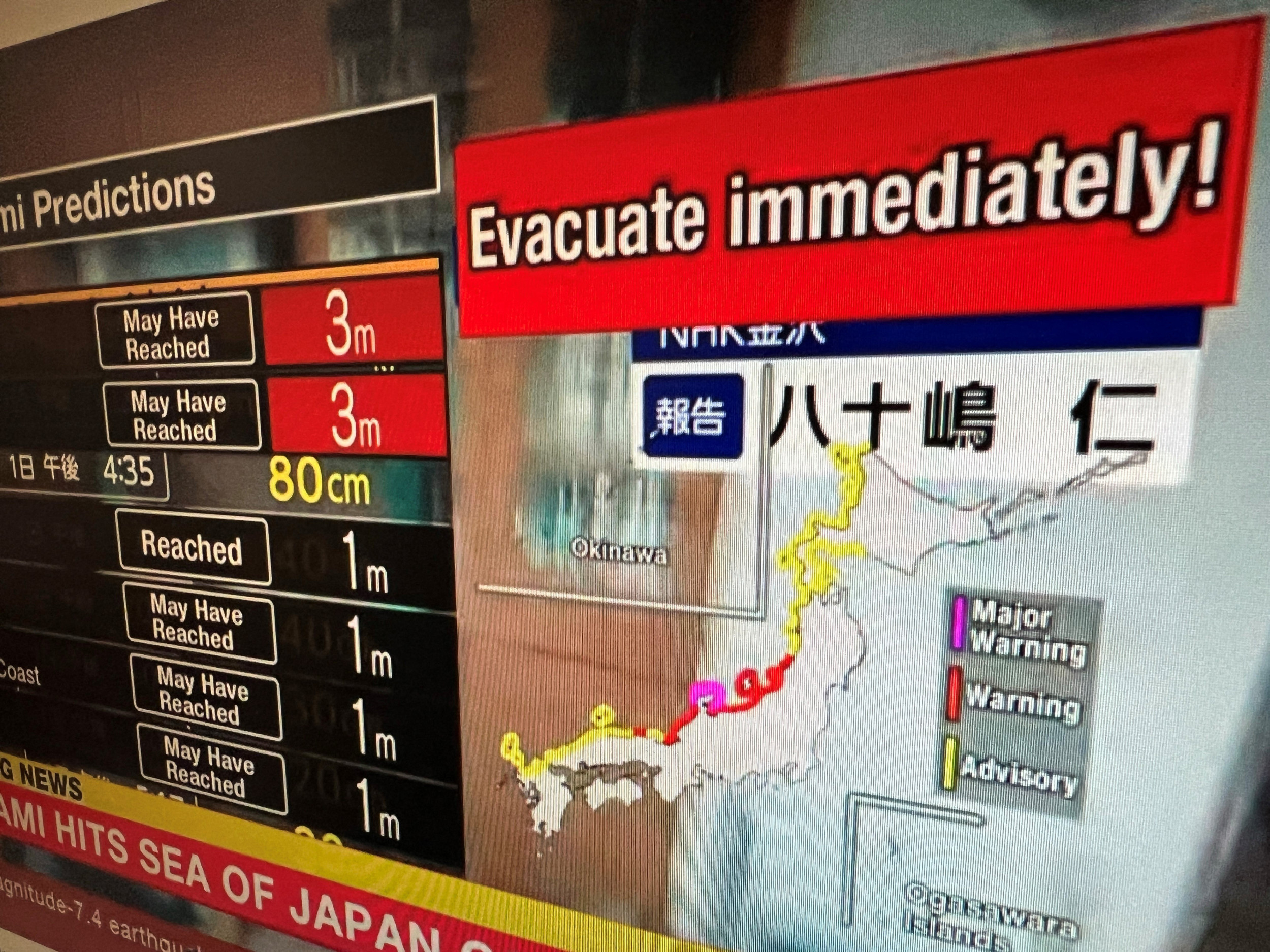California Earthquake And Tsunami: Impact, Recovery, And Preparedness
California is a seismically active state, and earthquakes are a major threat to its residents. The state is also at risk of tsunamis, which can be caused by earthquakes offshore. In recent years, California has experienced several major earthquakes, including the 1906 San Francisco earthquake and the 1994 Northridge earthquake. These earthquakes have caused widespread damage and loss of life.
Editor's Notes: California Earthquake And Tsunami: Impact, Recovery, And Preparedness guide have published today 12/13/2022. Earthquakes and tsunamis can have a devastating impact on communities, but there are steps that can be taken to reduce the risk of damage and loss of life. By understanding the risks and taking steps to prepare, you can help to protect yourself and your loved ones.
In this guide, we will discuss the impact of earthquakes and tsunamis on California, the recovery efforts that have been undertaken, and the steps that can be taken to prepare for future events. We will also provide resources for further information.
| Key Differences | Earthquakes | Tsunamis |
|---|---|---|
| Causes | Movement of tectonic plates | Underwater earthquakes, landslides, or volcanic eruptions |
| Duration | Seconds to minutes | Minutes to hours |
| Impact | Ground shaking, liquefaction, landslides, tsunamis | Flooding, erosion, structural damage |
Impact of Earthquakes and Tsunamis on California
FAQ
This comprehensive FAQ section provides answers to commonly asked questions and misconceptions regarding the California Earthquake and Tsunami. Refer to this guide for crucial information and guidance.

aire Ejemplo ansiedad 450 pesos argentinos a chilenos director - Source mappingmemories.ca
Question 1: What are the primary causes of earthquakes in California?
California's location along the San Andreas Fault, a major tectonic boundary, makes it prone to earthquakes. Movement along the fault generates seismic waves, which cause the ground to shake.
Question 2: What is the magnitude scale used to measure earthquakes?
The Richter magnitude scale measures the energy released during an earthquake. Each whole-number increase represents a tenfold increase in energy, with higher magnitudes indicating more powerful earthquakes.
Question 3: What is a tsunami, and how does it relate to earthquakes?
Tsunamis are large ocean waves generated by sudden disturbances, such as earthquakes. When an earthquake occurs near or under the ocean, it can cause a massive displacement of water, resulting in a tsunami.
Question 4: What are the signs of an impending earthquake?
There is no definitive way to predict earthquakes, but some warning signs include unusual animal behavior, changes in water levels, and foreshocks (minor earthquakes preceding a larger one).
Question 5: What should I do during an earthquake?
During an earthquake, it is crucial to: "Drop, Cover, and Hold On." Drop to the ground, take cover under a sturdy table or desk, and hold on until the shaking stops.
Question 6: How can I prepare for an earthquake or tsunami?
Earthquake and tsunami preparedness measures include: having an emergency plan, assembling an emergency kit, identifying safe zones in your home and workplace, and staying informed about local hazard alerts.
Understanding these key questions and adhering to recommended safety measures will enhance your preparedness for California's earthquake and tsunami risks.
Transition to the Next Article Section:
Tips
Preparing for and responding to earthquakes and tsunamis in California requires proactive measures. Follow these crucial tips to enhance your safety and recovery efforts.
Tip 1: Secure Your Home
Install earthquake bolts on heavy furniture like bookcases and dressers. Reinforce windows with shatterproof film. Store heavy items on lower shelves and strap top-heavy appliances to prevent them from falling.
Tip 2: Create an Emergency Kit
Assemble an emergency kit with essential supplies like non-perishable food, water, first-aid supplies, a battery-powered radio, and flashlights. Keep the kit in an easily accessible location.
Tip 3: Establish an Evacuation Plan
Identify multiple evacuation routes and designated meeting points in case of an earthquake or tsunami. Practice evacuating your home and school or workplace with family and friends.
Tip 4: Stay Informed
Monitor local news and weather reports for earthquake or tsunami warnings. California Earthquake And Tsunami: Impact, Recovery, And Preparedness provides comprehensive information on potential hazards and response protocols.
Tip 5: Practice Earthquake Drills
Conduct regular earthquake drills to familiarize yourself with proper safety procedures. Remember to "drop, cover, and hold on" when an earthquake strikes.
Tip 6: Secure Utilities
Learn how to shut off gas and electricity after an earthquake. Know the location of your water main so you can turn it off in case of a leak.
Tip 7: Protect Yourself From Tsunamis
If you live in a tsunami-prone area, identify high ground and plan evacuation routes away from the coast. Stay informed about tsunami warnings and follow instructions from local authorities.
Tip 8: Be Prepared for Aftershocks
Earthquakes are often followed by aftershocks. Stay alert for potential hazards and avoid entering damaged buildings. Check for injuries and provide first aid if necessary.
Summary
By implementing these tips, you can significantly reduce the risks associated with earthquakes and tsunamis. Stay prepared, informed, and take proactive measures to ensure your safety and the well-being of your loved ones.
California Earthquake And Tsunami: Impact, Recovery, And Preparedness
Understanding the effects of California's earthquakes and tsunamis is crucial for comprehensive emergency management. Six key aspects highlight the importance of impact assessment, recovery efforts, and proactive preparedness measures.
- Seismic Impact: Earthquakes cause ground shaking, liquefaction, and landslides.
- Tsunami Hazard: Tsunamis pose risks to coastal communities, flooding low-lying areas.
- Infrastructure Damage: Earthquakes and tsunamis can damage buildings, bridges, and essential services.
- Economic Losses: Disruptions to businesses and supply chains can result in economic setbacks.
- Recovery Challenges: Rebuilding infrastructure, resettling displaced communities, and restoring services present complex challenges.
- Preparedness Measures: Early warning systems, building codes, and evacuation plans are key in reducing risks and facilitating recovery.
These aspects underscore the need for comprehensive disaster planning, including seismic retrofitting, tsunami evacuation routes, and community resilience programs. By addressing these key aspects, California can enhance its preparedness for future earthquakes and tsunamis, mitigating their impact, facilitating recovery, and safeguarding the well-being of its communities.

California Earthquake and Storm Latest Updates and Safety Tips - Source paandu.in

Disaster Relief Effort - The D'Andre D. Lampkin Foundation - Source lampkinfoundation.org
California Earthquake And Tsunami: Impact, Recovery, And Preparedness
Earthquakes and tsunamis are two of the most devastating natural disasters that can strike California. While earthquakes are caused by the movement of tectonic plates, tsunamis are caused by the displacement of large amounts of water, often as a result of an earthquake. Both earthquakes and tsunamis can cause widespread damage and loss of life, and it is important for Californians to be prepared for these events.

Japan Earthquake Video Shows River Violently Wobble Before Tsunami - Source www.newsweek.com
The impact of an earthquake can vary depending on its magnitude, location, and duration. Small earthquakes may cause little or no damage, while large earthquakes can cause widespread destruction. The most destructive earthquakes in California history include the 1906 San Francisco earthquake, the 1989 Loma Prieta earthquake, and the 1994 Northridge earthquake. These earthquakes caused billions of dollars in damage and killed thousands of people.
Tsunamis are also a major threat to California. The most destructive tsunami in California history was the 1960 Valdivia earthquake and tsunami, which killed over 2,000 people in Chile, Japan, and the United States. Tsunamis can travel long distances across the ocean, and they can strike with little or no warning. As a result, it is important for Californians to be aware of the tsunami risk and to know what to do in the event of a tsunami warning.
There are a number of things that Californians can do to prepare for earthquakes and tsunamis. These include:
- Developing an emergency plan.
- Stocking up on food, water, and other supplies.
- Learning how to shut off gas and electricity.
- Knowing the evacuation routes for your home and workplace.
- Participating in earthquake and tsunami drills.
By following these tips, Californians can help to reduce their risk of injury or death in the event of an earthquake or tsunami.